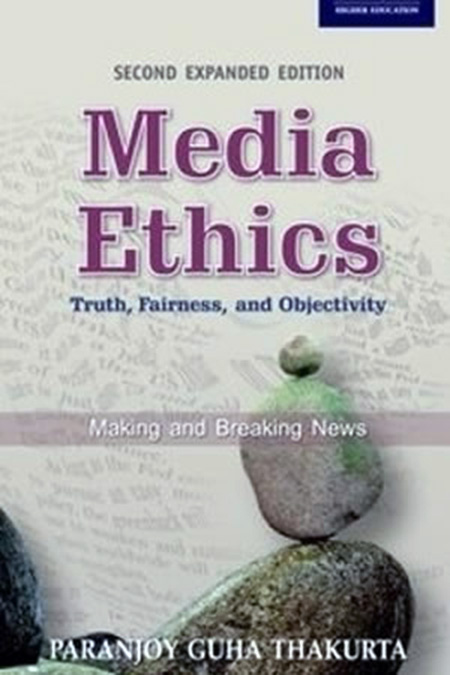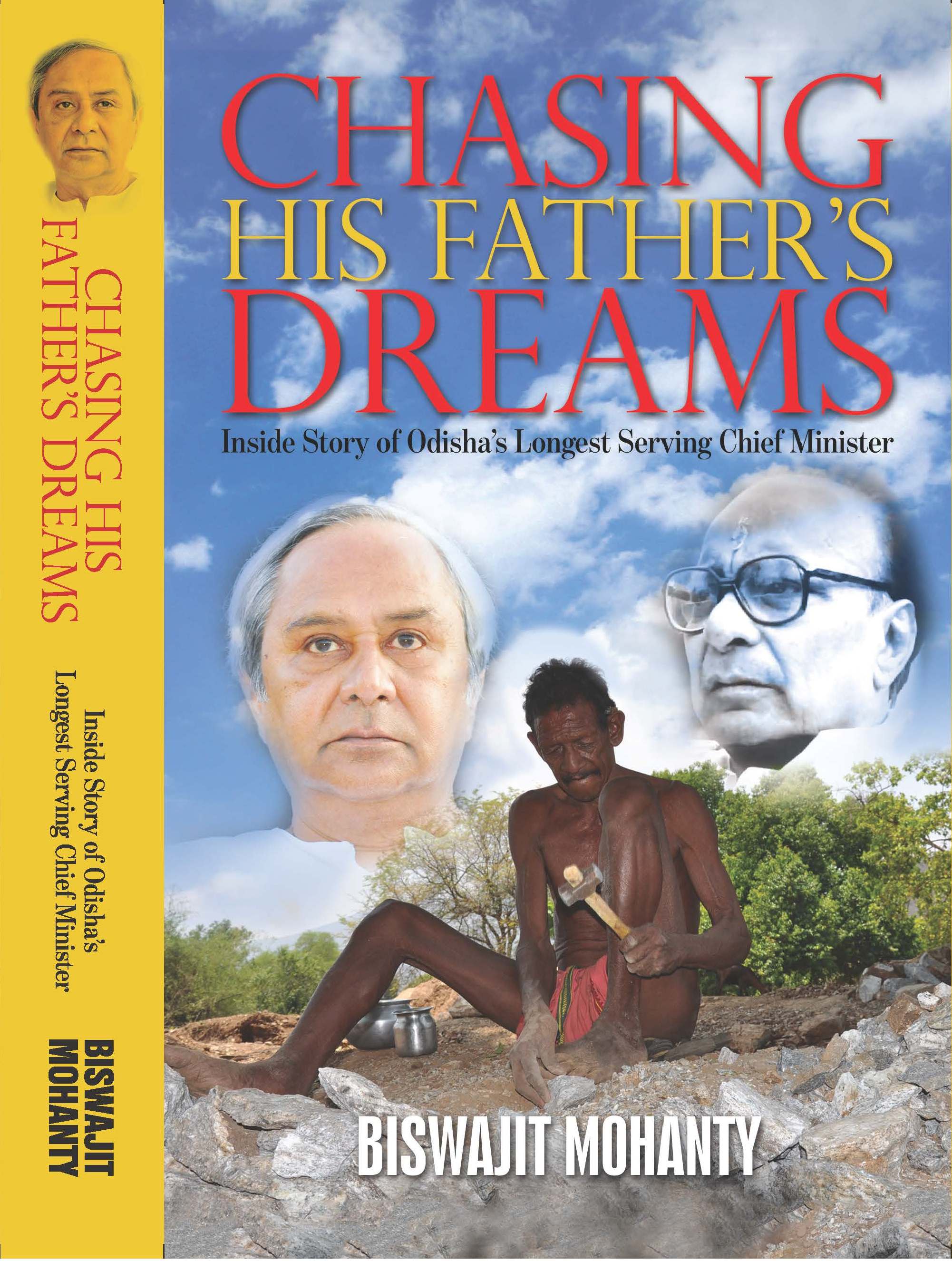THE INCREDIBLY fast expansion of mobile telecommunications in India has been accompanied by a series of scandals that are a consequence of poor regulatory oversight and deliberate manipulation of policies to favour a select clutch of companies. The biggest and most brazen of these scandals relate to the undervaluation of a valuable national resource — electromagnetic spectrum or radio frequencies used by mobile phone service providers — by the Department of Tele – communications (DoT) under former Minister for Communications and Information Technology A Raja.
According to a report of the Comptroller & Auditor General (CAG) of India tabled in Parliament on 16 November, the total “presumptive” or “notional” loss to the national exchequer on account of undervaluation of spectrum was in excess of Rs. 1.7 lakh crore or nearly $40 billion at current exchange rates, making it the biggest scandal of its kind in the country.
While the growth of telecom in India is often attributed to the positive impact of deregulation and the government giving up its monopoly over this sector, the other side of the coin is crony capitalism. Rules and guidelines are bent in an arbitrary and opaque manner and the recommendations of the regulator, the Telecom Regulatory Authority of India (TRAI), selectively applied to benefit a few private firms, some of whom have no experience in telecom.
Soon after Raja became communications minister in May 2007, a small section of the media and a few Opposition politicians started highlighting how the exchequer was being deprived of large sums of money on account of the faulty manner in which the DoT had allocated spectrum to certain companies. It was pointed out that the DoT under Raja cherry-picked the TRAI’s recommendations, choosing some and ignoring others. Nothing happened for more than three years. Raja claimed he was following precedents as well as policy guidelines that had been put in place by the earlier Bharatiya Janata Party (BJP)-led National Democratic Alliance (NDA) government and that he was adhering to the laws of the land.
The enormity of the scandal was acknowledged only after the Supreme Court started asking pointed questions of government agencies and the CAG came out with a scathing indictment of DoT policies and practices. Raja was forced to resign his post and the Central Bureau of Investigation (CBI) made to expedite its investigations that had begun in October 2009 with the lodging of a First Information Report (FIR) against “unknown” persons.
The CAG contended that (a) by underpricing second generation (2G) spectrum, (b) by allowing companies to use two competing technologies — the global system of mobile (GSM) communications and the Code Division Multiple Access (CDMA) technology — using the same licence and (c) by allocating more spectrum to companies than what their licences specified, the total loss to the country could be as much as Rs. 1,76,645 crore — more than Rs.10,000 for each citizen or over four times the current annual budget of the “world’s largest social security scheme”, the programme under the Mahatma Gandhi National Rural Employment Guarantee Act.
If the prime minister was indeed aware of what was going on, why did he not take any action against Raja? Why did he remain silent when Raja claimed that he had his approval while allotting licences whereas the CAG categorically stated that he had blatantly flouted the prime minister’s advice? These are the questions that have raised a huge political storm, completely paralyzed the winter session of Parliament for three weeks and strained relations between the Indian National Congress and its partner in the United Progressive Alliance (UPA) coalition from Tamil Nadu, the Dravida Munnetra Kazhagam (DMK).
Telecom scams are not new. In August 1996, the CBI registered an FIR against former telecom minister Sukh Ram after recovering 3.62 crore from his residences in Delhi and Himachal Pradesh — he made it to the Guinness Book of World Records for the wrong reasons! Thirteen years later, in 2009, he was sentenced to three years of rigorous imprisonment for “criminal conspiracy” and spent time behind bars for a month before being released on bail.
During the NDA government, there was a major controversy when telecom companies were allowed to move from a licensing regime to a revenue-sharing one. The sudden removal of Jagmohan from the post of communications minister in 1998 was reportedly a consequence of his refusal to toe the line of a section within his government. In July 1999, following the recommendation of a Group of Ministers headed by Jaswant Singh, the fixed licence fee regime was changed to a revenue share one. This was adversely commented on by the CAG. According to Ratan Tata, if a hypothetical amount was to be calculated at that point of time, the loss to the exchequer would be about Rs. 50,000 crore.
Other ministers for communications during the NDA regime, including the late Pramod Mahajan, were accused of assisting Reliance Infocomm to become a nationwide operator offering “full mobility” in its cellular phone operations without paying the full licence fee. This decision of the DoTwas against TRAI recommendations and the resultant loss to the exchequer was said to be in the region of 1,100 crore. However, the sheer size of the subsequent undervaluation and misallocation of spectrum makes the earlier scandals pale into relative insignificance.
ON 10 JANUARY 2008, at 2.45 pm, an announcement was posted on the DoT website stating that letters of intent (LOIS) for issuance of licences bundled with spectrum would be given to applicants between 3.30 pm and 4.30 pm. The announcement added that application fees running into thousands of crores of rupees would have to be paid immediately by demand draft, along with supporting documentation.
It was made clear that LOIS would be issued to those who deposit their fees first, beating others by even a fraction of a second — this was the infamous first come first served (FCFS) system (or the way movie tickets are sold) that privileged not financial wherewithal, technical competence or experience but speed, clout and foreknowledge. Even the FCFS system was not properly adhered to and the CAG categorically stated that those who obtained licences had prior information about how to apply for these LOIS.
A few months earlier, the cut-off date for receipt of applications for licences was suddenly brought forward to enable particular companies to jump the queue. Here are a few examples: Swan Telecom, which had submitted its application on 2 March 2007, was given a licence with spectrum for Delhi on 28 August 2008, while Spice Communications, which had submitted its application in August 2006, was not given spectrum for the same service area.
For Maharashtra, Spice, which submitted its application on 31 August 2006, got a licence in May 2009, whereas Unitech and Videocon got their licences with spectrum much earlier in September 2008 though the two companies had submitted their applications for licences more than a year later in September 2007. Idea Cellular (date of application: 26 June 2006) also got a licence in May 2009 while Unitech (date of application: 24 September 2007) got its licence in September 2008.
THE STORY did not end here. Some of these companies expanded their equity bases by inducting foreign partners who paid large sums of money for the shares. Three examples: in September 2008, Swan Telecom sold 45 percent of its shares to Etisalat (of the United Arab Emirates) for $900 million or around Rs. 4,200 crore — the company had obtained its licence for only Rs. 1,537 crore and did not possess major assets other than a piece of paper, the licence. A month later, Unitech Wireless offloaded 60 percent of its stake to Telenor (of Norway) for Rs. 6,200 crore — this company too counted among its assets only a licence for which it paid Rs. 1,651 crore in January 2008. Thereafter, Tata Teleservices sold 26 percent of its shares to NTT DOCOMO of Japan for Rs. 13,230 crore. Thus, the DoT had undervalued spectrum by between seven and 10 times its true market worth.
This became even more evident in 2010 when the government was able to raise more than Rs. 1,11,500 crore through public auction of third generation (3G) spectrum. Raja claimed 2G spectrum and 3G spectrum were not comparable just as basmati rice was not comparable to rice from the PDS (public distribution system). This argument is fallacious in the context of valuation of spectrum for a simple reason: the spectrum used is the same; only the nature of services provided is different by deploying superior technology — in other words, the same spectrum can be, and is, used to provide faster data transfer and other mobile telecom services.
The CAG found that 13 companies that had received 85 out of the 122 new licences issued in 2008 did not satisfy the DoT eligibility conditions. The companies did not have the stipulated paid-up capital at the time of application and 45 out of these 85 licences were issued to companies which failed to satisfy the condition that providing telecom services should be the main object clause in their memoranda and articles of association.
The CAG also pointed out that spectrum was provided beyond the contracted 6.2 megahertz (MHZ) to nine existing operators in 2007 despite a number of applications pending for new licences. These were Aircel, Bharti, BPL (Mumbai), the public sector undertakings Bharat Sanchar Nigam Ltd (BSNL) and Mahanagar Telephone Nigam Ltd (MTNL), Idea, Reliance, Spice (Punjab) and Vodafone.
The biggest beneficiary of additional spectrum was BSNL (61.6 MHZ in 19 telecom circles) followed by Bharti (32.4 MHZ in 13 circles), Vodafone (19.6 MHZ in seven circles), Idea (12.6 MHZ in six circles), MTNL (124 MHZ in Delhi and Mumbai circles) and others. The total loss to the exchequer on account of allocation of additional spectrum at low prices: Rs. 36,993 crore.
In January 2008, when the DoT issued all-India licences at Rs. 1,658 crore, the price was the same as that which had existed in 2001. The CAG used two parameters for assessing the possible “presumptive” or “notional” loss which the exchequer has suffered. In November 2007, S Tel had written first to the PM and later to Raja offering to pay Rs. 13,752 crore over 10 years for allotment of 6.2 MHZ of GSM spectrum.
The CAG took this figure as a benchmark and calculated that the government would have generated revenue of 67,364 crore by selling 122 licences, 35 licences under the dual-technology regime and excess spectrum beyond the contracted amount of 6.2 MHZ.
Further, after taking into account the revenue that was generated after the 3G auction, the price of spectrum for the 122 licences issued can be established at Rs. 1,11,512 crore against the Rs. 9,014 crore that the government actually earned. In addition, Rs. 40,526 crore would have been generated by selling 35 licences under the dual-use category and Rs. 13,841 crore for excess spectrum. Hence, the CAG report estimated the total loss to the exchequer, based on the 3G auctions, at Rs. 1,76,645 crore.


